Fresh fruits are relished across the globe but when it comes to certain health conditions like diabetes, it is imperative to know which fruits can be eaten and which ones are to be avoided. Herewith is a comprehensive guide to understand this and include the safe ones in your diabetes diet chart. To know some healthy tips to lower your Hba1c, click here
Understanding the concept of Glycemic Index
Glycemic Index (GI) is a value that indicates how quickly a carbohydrate-containing food can raise your blood sugar level on a scale from 0 to 100. The following are 3 categories of glycemic index:
- Low GI: A value </=55 indicates that the GI of food item is low and hence it may not quickly elevate the blood sugar
- Medium GI: A value between 56-69 indicates that the GI is moderate and that such foods can elevate blood sugar levels to a moderate extent
- High GI: A value >/=70 indicates that the food item tends to increase the blood sugar level remarkably
Foods with a low GI are digested and absorbed slowly as compared to foods with high GI, causing a gradual rise in blood sugar and insulin levels. This helps individuals with diabetes to avoid spikes in their blood sugar levels and therefore avoid more complications. To gain insights about how can you lower blood sugar spikes after meals, click here
Top low GI fruits that can be integrated into your diabetes diet chart are:
- Apples (GI: 39)
Apples are rich in dietary fiber which helps to regulate blood sugar levels. An apple can be preferred as an evening snack with roasted chana and peanuts (all to be consumed with skin)
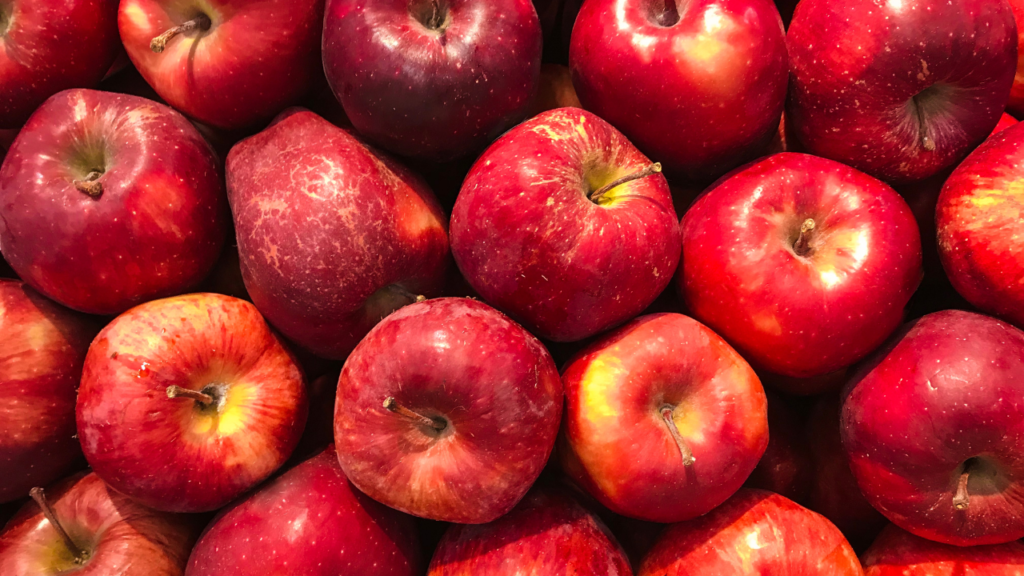
OPTIONS – You may prefer green apples or rose apples too
- Pears (GI: 38)
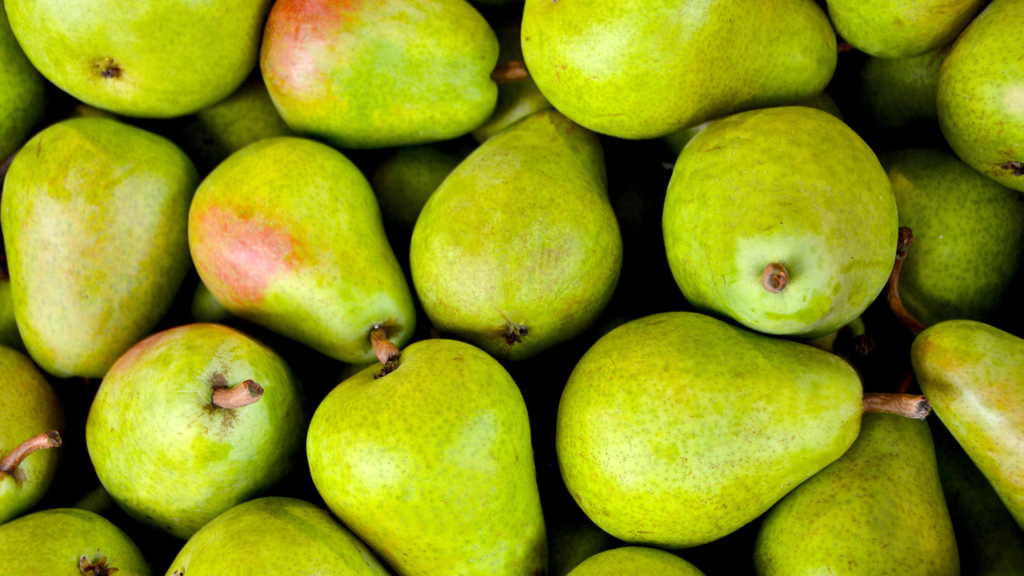
Pears are a great alternate to apples and should be consumed with the skin. It is important to prefer these fruits fresh and avoid adding any flavours like salt/ chaat masala / etc
- Cherries (GI: 20)
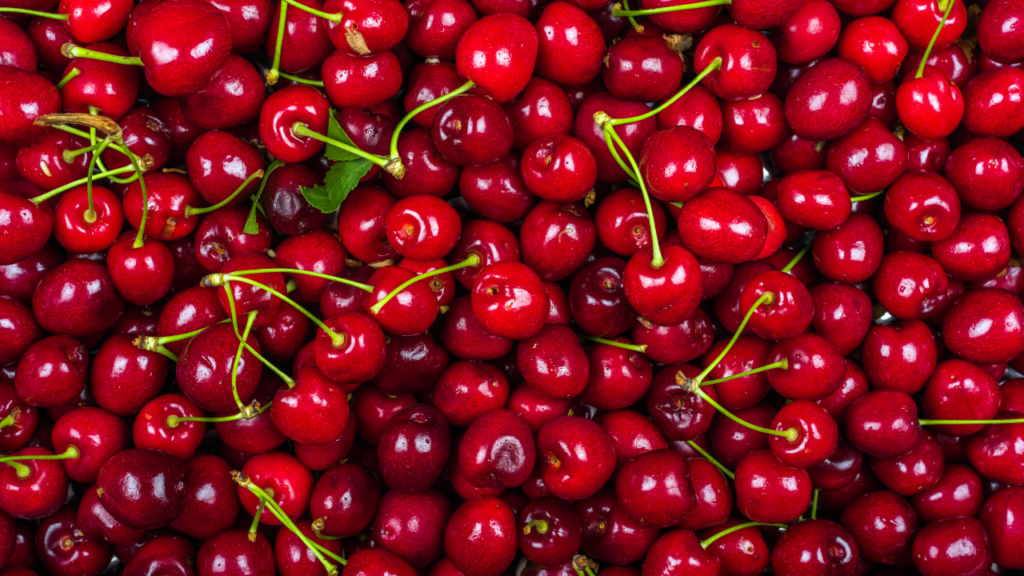
Cherries have one of the lowest glycemic index scores among fruits. They are packed with antioxidants, vitamins A and C, and anti-inflammatory compounds. They can be deseeded and added to millet milk and consumed as an evening snack
- Oranges (GI: 40)
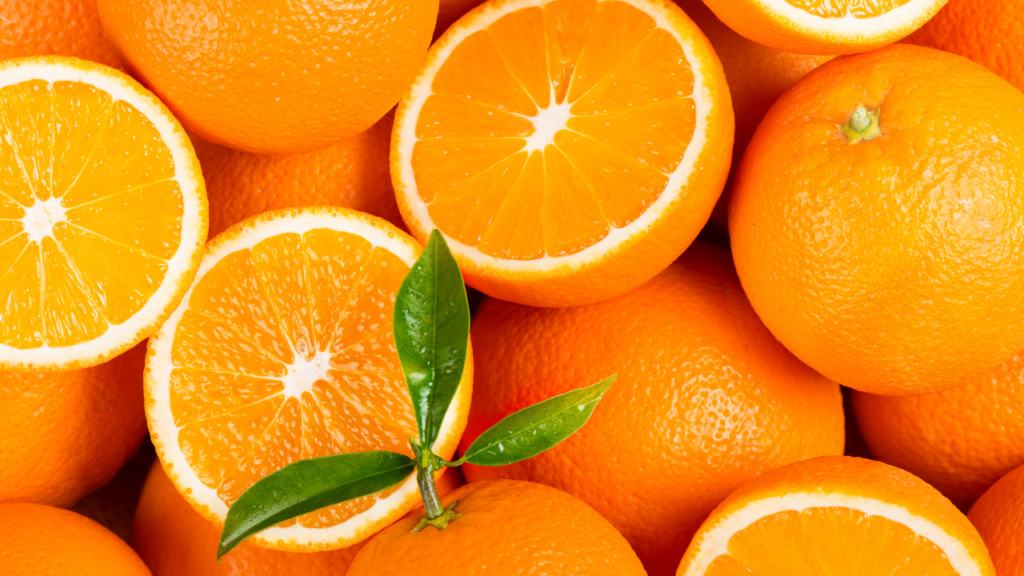
Oranges are an excellent source of vitamin C, fiber, and several other essential nutrients. Despite their sweetness, they have a relatively low GI.
Tip: Eat whole oranges instead of drinking orange juice to benefit from the fiber
- Strawberries (GI: 41)
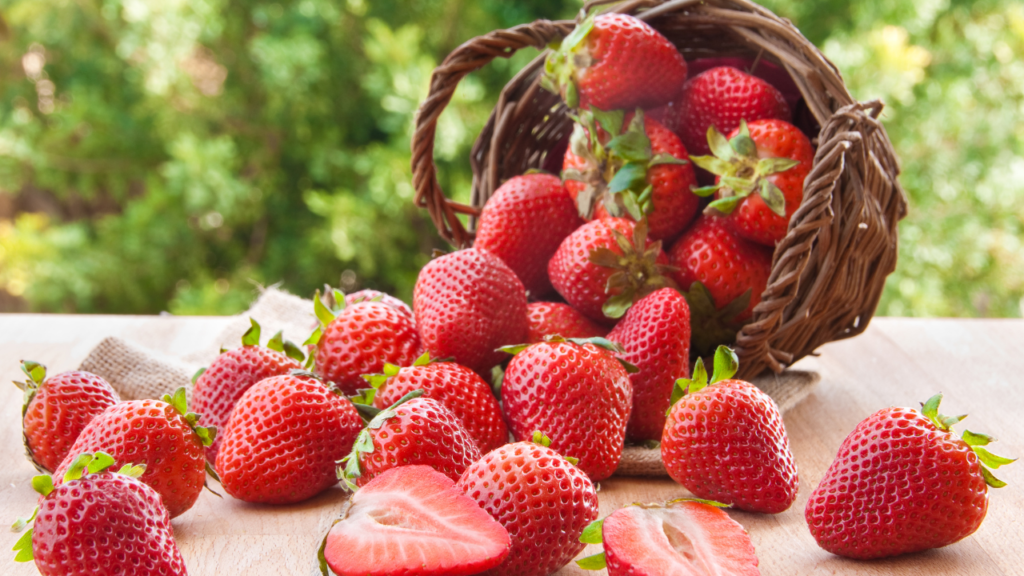
Strawberries are low in sugar and high in vitamins, fiber and antioxidants. They are also known to help reduce inflammation and improve heart health
Tip: Add strawberries to unsweetened plant based milk for a vegan and healthy low sugar option
- Peaches (GI: 42)
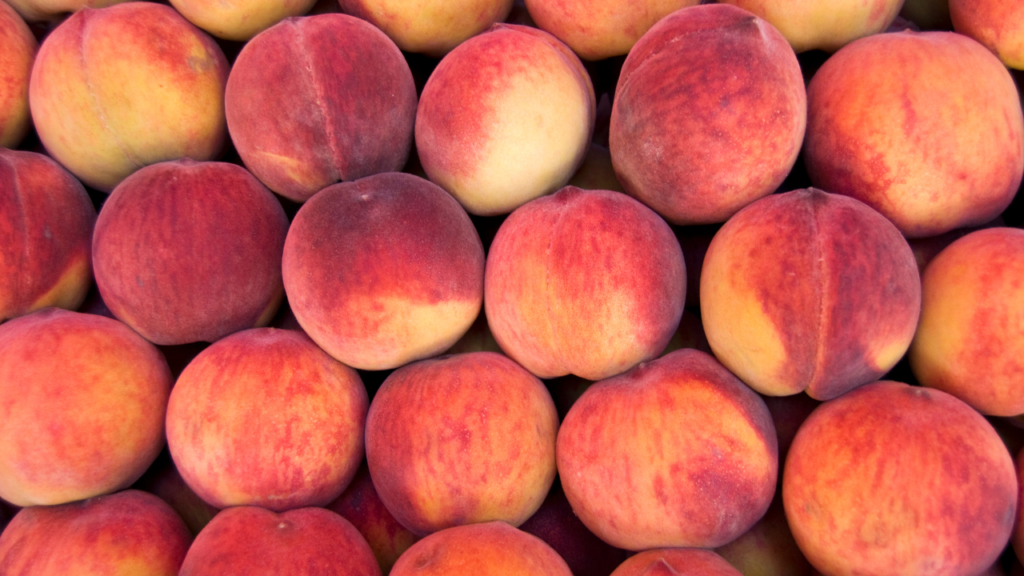
Peaches are full of vitamins A and C fiber and potassium. They can be preferred as an evening snack with blueberries/ cherries and walnuts or hazelnuts or almonds
- Plums (GI: 40)
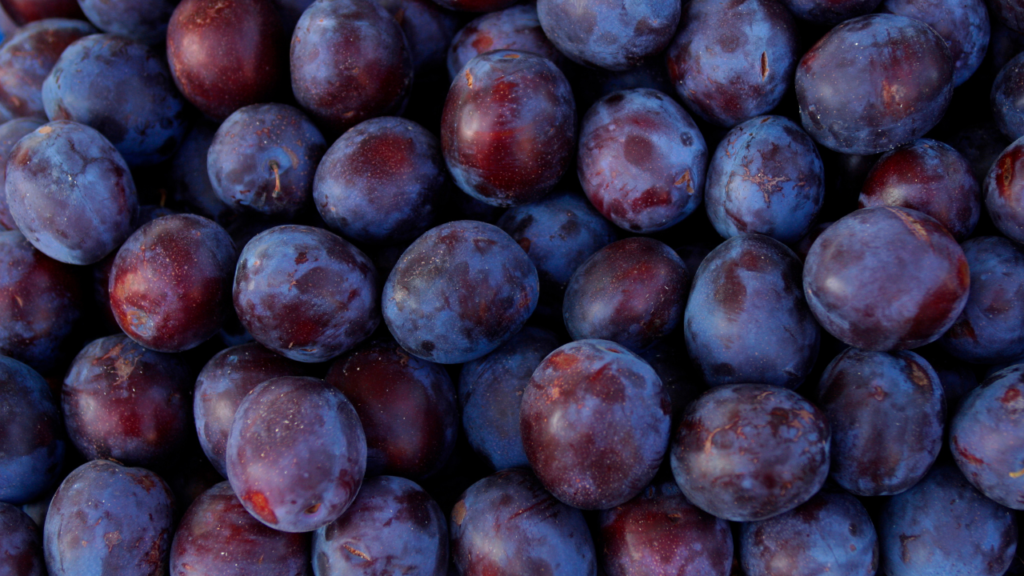
Plums are another low GI fruit rich in antioxidants, vitamins, and fiber. They help in regulating digestion and are beneficial for heart health
- Grapefruit (GI: 25)
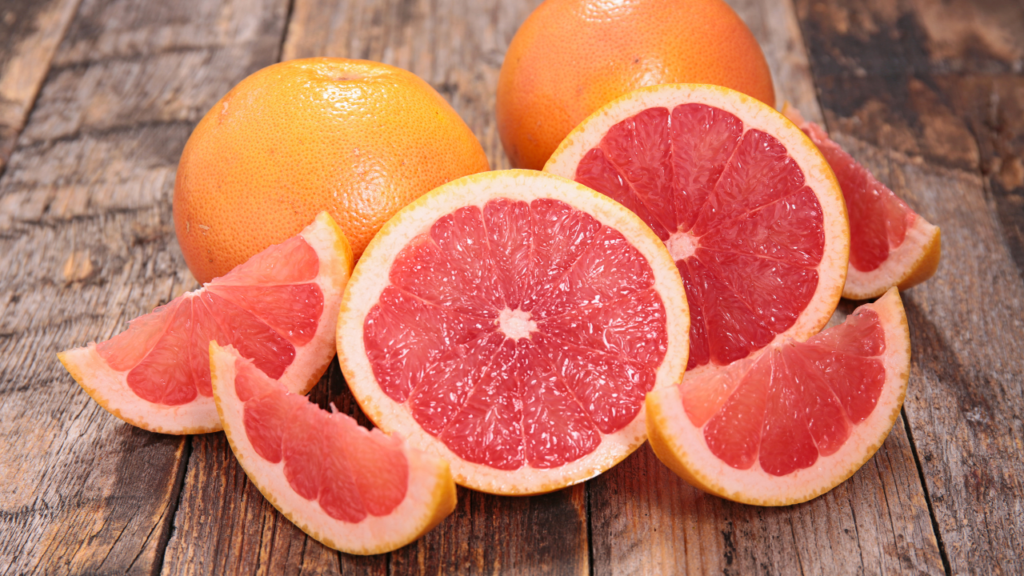
Grapefruit is very low in glycemic index and high in vitamin C and fiber. It can help improve insulin sensitivity and aid in weight loss
Tip: Enjoy grapefruit halves for breakfast or add them to your salads
- Kiwifruit (GI: 50)
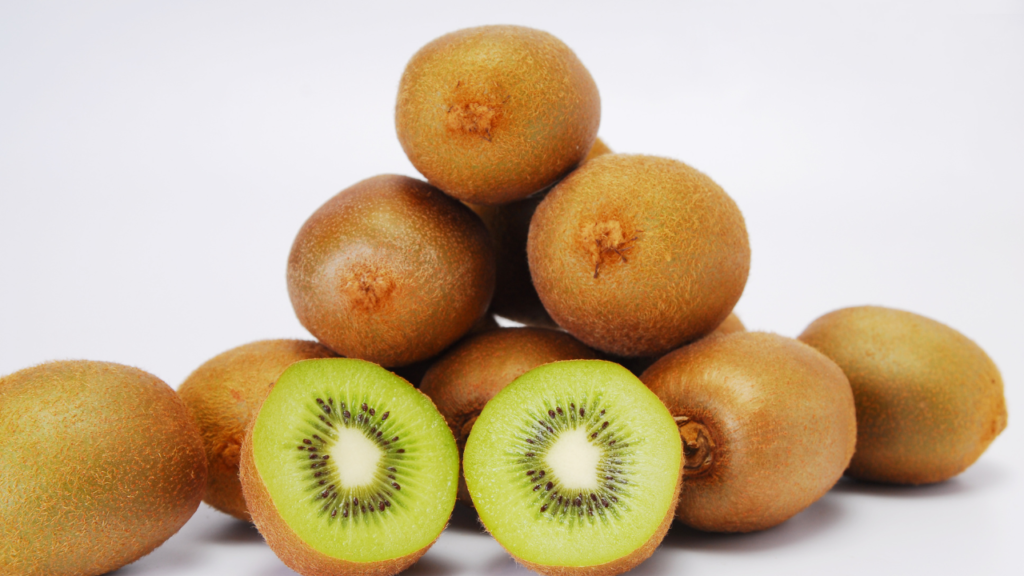
Kiwifruit, or kiwi, is loaded with vitamins C, E, and K, potassium, and fiber. It has a moderate GI but is still suitable for a diabetes diet due to its nutritional benefits. As it is rich in potassium, so it is a great option for the ones with high blood pressure too.
Tip: Kiwis can be preferred along with black raisins
- Blueberries (GI: 53)
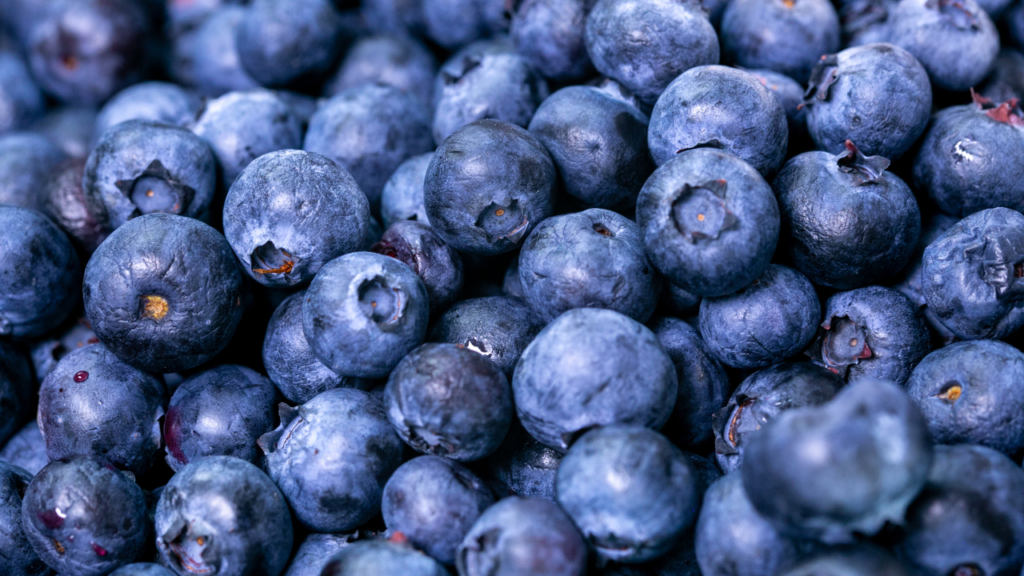
Blueberries are slightly higher on the GI scale but are incredibly nutrient-dense, offering antioxidants, vitamins, and fiber
Tip: You may add blueberries as toppings over oat smoothies
How to Incorporate Low GI Fruits into Your Diet
- Balanced Meals: Pair fruits with protein or healthy fats to stabilize blood sugar levels.
- Portion Control: Stick to recommended serving sizes to avoid blood sugar spikes.
- Variety: Mix different fruits to get a wide range of nutrients.
- Timing: Eat fruits at regular intervals to maintain steady blood glucose levels.
Conclusion
Incorporating low glycemic index fruits into your diabetes diet chart is a smart way to manage blood sugar levels while enjoying nutritious and delicious foods. Remember to balance these fruits with other components of your diet and maintain portion control. Always consult with your nutritionist to tailor your diet to your specific needs. Our next blog offers insights about foods to be included in your diabetes diet chart, to avail it, click here
At NutriKonnect, we have one-to-one diet consultation sessions with a comprehensive follow up. You can avail our advance or premium session if you need innvovative recipes for kidney disease. For tasty and healthy diabetes – friendly brunch recipes, sign up for our recipe course here.
To avail diabetes friendly sweets and desserts along with healthy high protein, low fat brunch recipes, you can avail recipe course by clicking here



